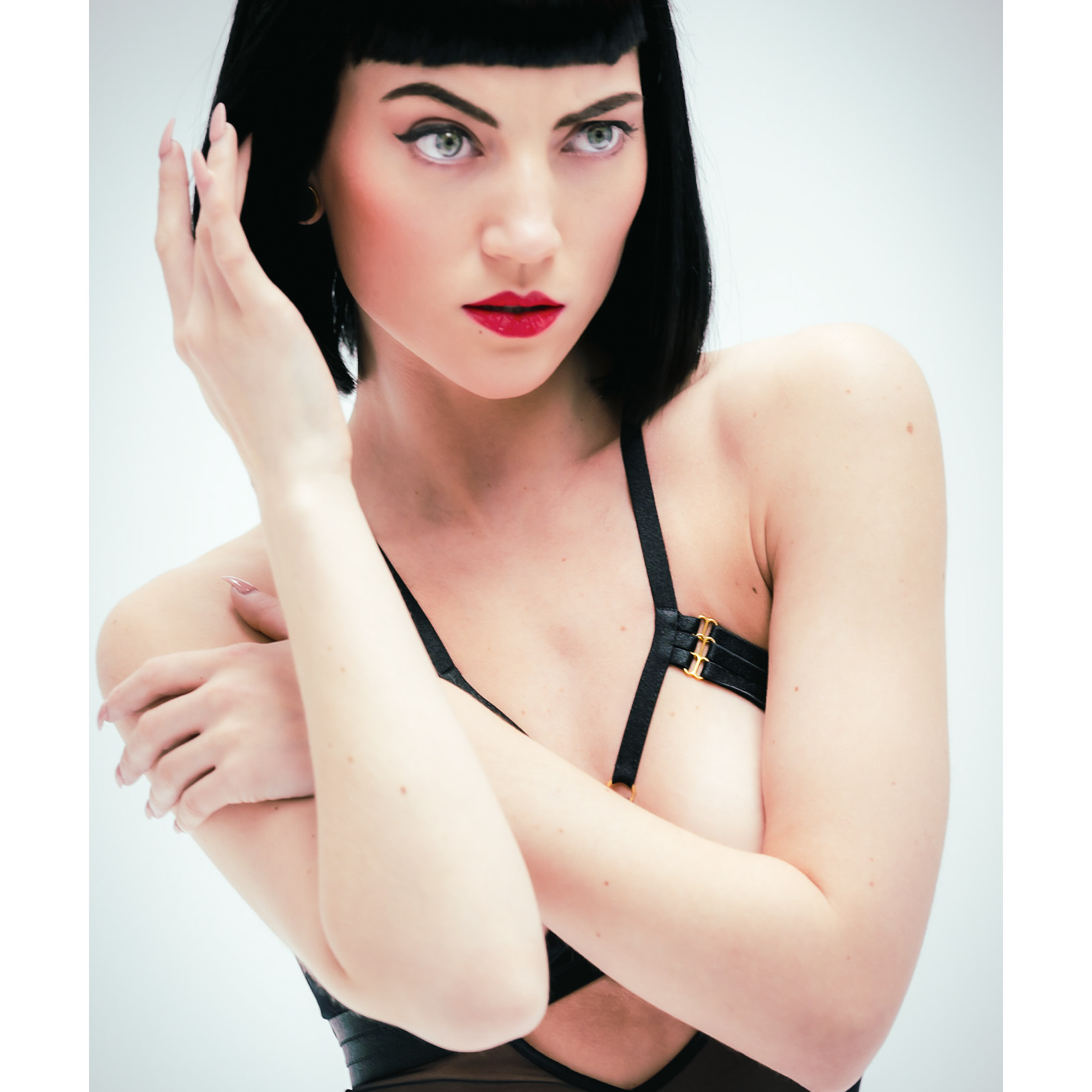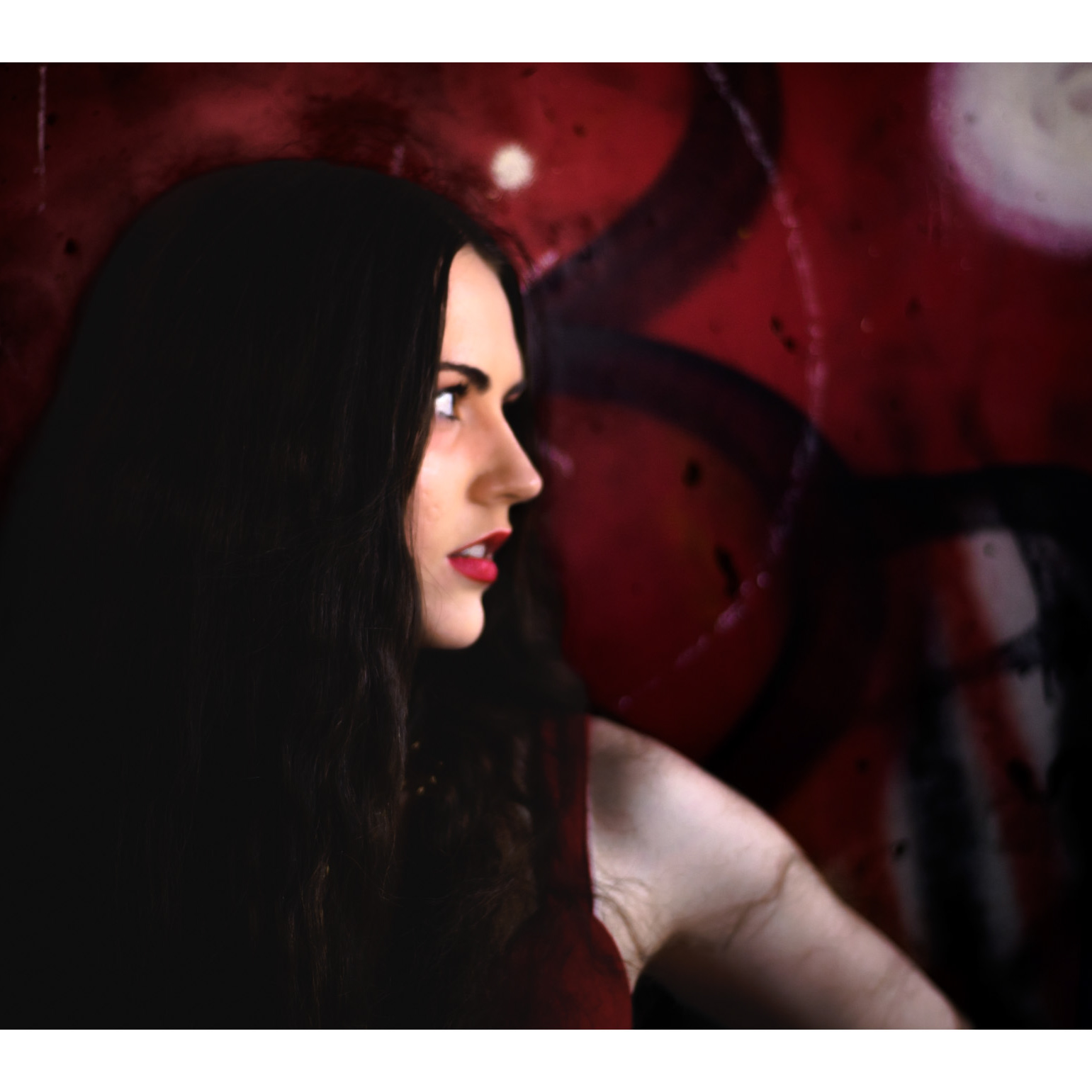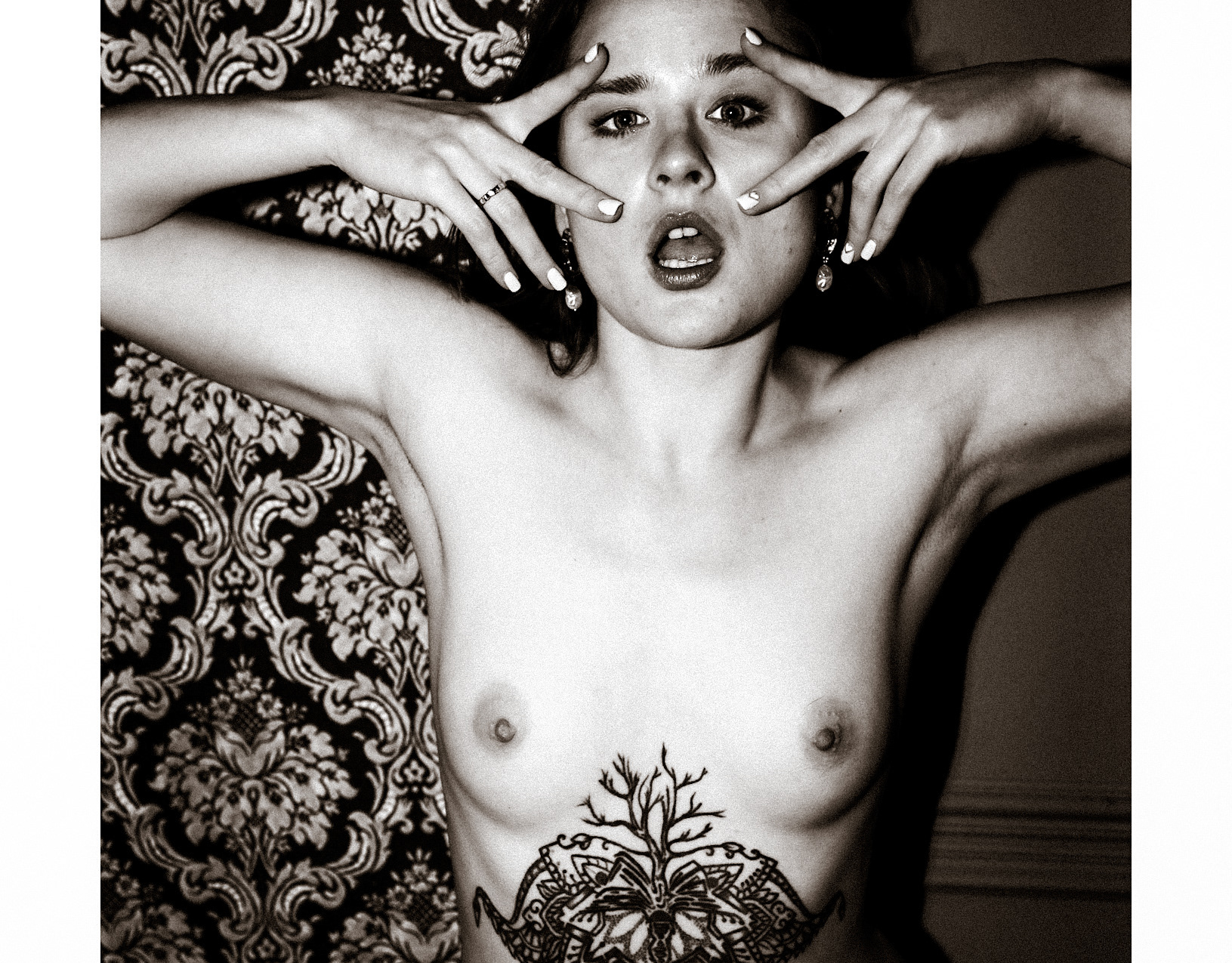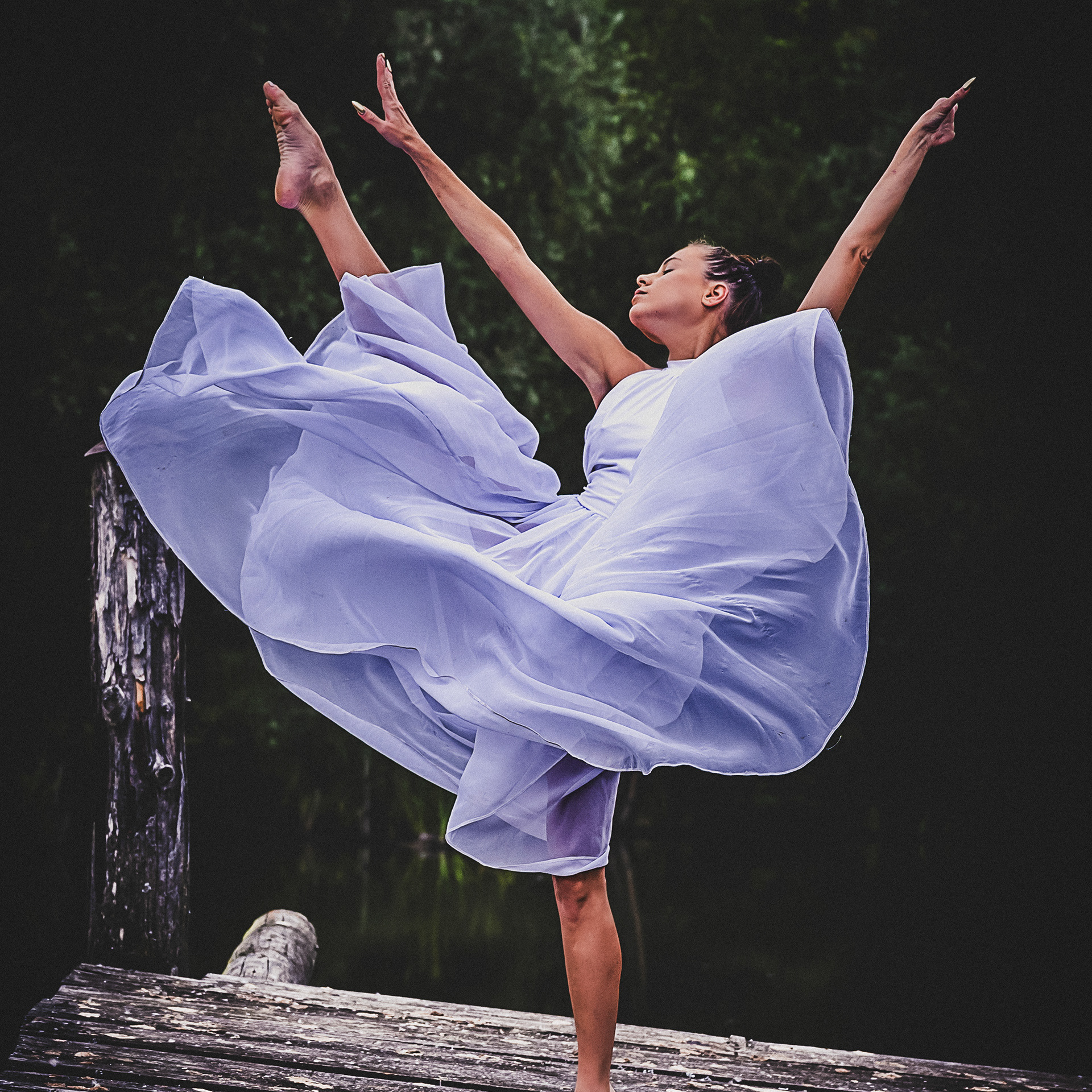Curatorial Statement
In The Reader (After the Gaze), Othmar Lehner constructs a quietly radical portrait of contemporary femininity, poised between classical stillness and saturated modernity. Set against the pastoral calm of a Nordic summer landscape, the subject in her red dress does not merely read—she inhabits reading as a suspended state of selfhood, rendering the act neither performative nor casual, but interior and sovereign.
In The Reader (After the Gaze), Othmar Lehner constructs a quietly radical portrait of contemporary femininity, poised between classical stillness and saturated modernity. Set against the pastoral calm of a Nordic summer landscape, the subject in her red dress does not merely read—she inhabits reading as a suspended state of selfhood, rendering the act neither performative nor casual, but interior and sovereign.
Her gaze—sometimes direct, sometimes withheld—evokes not passivity but deliberation. She is not waiting to be seen. She already sees. This visual rhythm—alternating between encounter and retreat—draws a subtle parallel to the canonical tradition of portraiture, most notably da Vinci’s La Gioconda. But unlike the classical sitter, Lehner’s subject is not positioned in history but in light. The sunlight, the book cover, the red dress—they become agents of narrative rather than props.
The landscape is not a background; it breathes. It situates the subject in an ecology of thought, stillness, and color. What emerges is neither documentary nor fantasy, but an impression of thinking made visible.
Editorial Commentary
This series resists irony. It does not play to spectacle or provoke with subversion. Instead, it seduces through its refusal to rush, allowing the viewer to linger in an atmosphere of saturated normalcy. The Paulo Coelho novel becomes an incidental symbol of spiritual seeking—a kind of narrative metonym—while the red dress anchors the sequence in both glamour and groundedness.
This series resists irony. It does not play to spectacle or provoke with subversion. Instead, it seduces through its refusal to rush, allowing the viewer to linger in an atmosphere of saturated normalcy. The Paulo Coelho novel becomes an incidental symbol of spiritual seeking—a kind of narrative metonym—while the red dress anchors the sequence in both glamour and groundedness.
If the gallery has a history of privileging disruption, this series earns its place by doing the opposite: it reclaims beauty and stillness as political acts in an age of overstimulated image culture. The Reader does not look away. She waits for you to arrive at her pace.




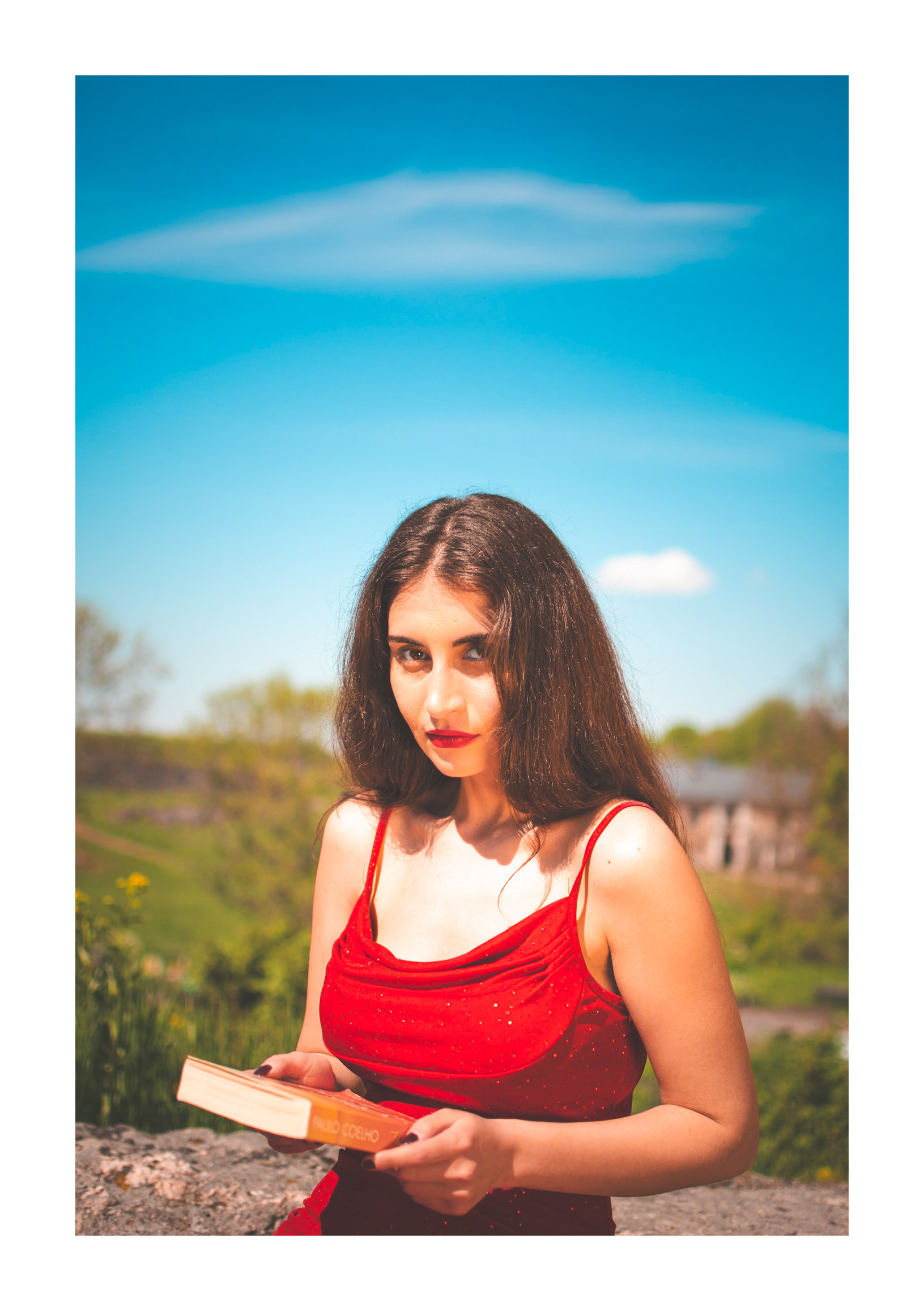








List of Photos at Saatchi Gallery with Links



